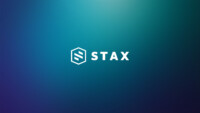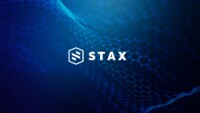
Migrate, build, operate and maintain a thriving AWS ecosystem
What is Stax?
Stax is an off-the-shelf, prefabricated industrial strength cloud management platform. Built natively on AWS, it’s evergreen and is ready to go out of the box with a robust and intuitive feature set. Stax enables our engineers to focus on building excellence that matters – not building the platform itself.
Developed by devs, for devs
With programmatic API access, developers can fully leverage Stax capabilities directly within their own build or infra code patterns. We provide comprehensive documentation, supported by an SDK to easily interact with Stax API functionality.

Built on factories
Stax uses a collection of build factories to perform tasks such as account and workload creation, account assurance, deployment, IDAM and monitoring. These factories work asynchronously to avoid server error, reduce downtime, and minimise costs.

Security & compliance built in
Stax is built with security and compliance at its core. Leveraging AWS best practice, industrial strength controls and a front end interface to review your environment, you’ll never have to worry about the status of your cloud ecosystem.
